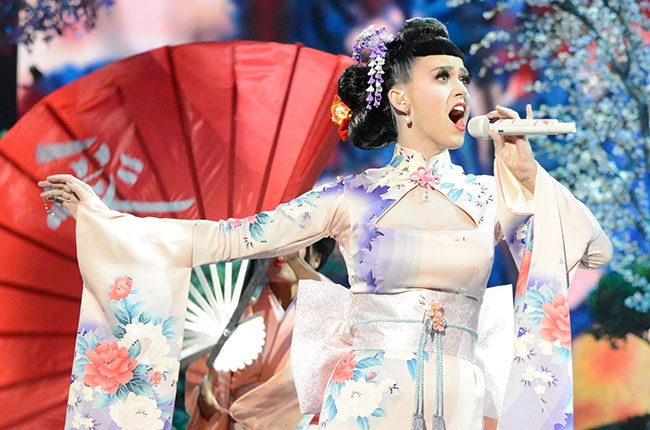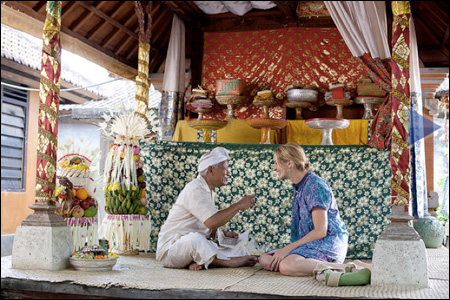The school year seems to be moving pretty fast, and the end of January is near. We’ve started reading another novel in ASTU, The Reluctant Fundamentalist by Mohsin Hamid. I have to admit when I first went to buy my books back in August, this is one of the books that made me excited to start school. The novel tells the story of Changez, who was born in Pakistan and has come to America with the promise and dream to succeed in the business world. Bright and exceptionally unique he stands out amongst his classmates at Princeton and is offered the opportunity of a lifetime, to work at an elite valuation firm. He meets Erica, who helps him settle into and accept New York City, as his sort of home away from home. Needless to say, when the 9/11 attacks occur, Changez’s time in New York is heavily affected, and his hopes and dreams seem to be destroyed, and his perception of America is changed.
At first glance, the book might strike you as a typical “immigrant story”, but I feel like it’s more than that. Changez comes to the United States with the opportunity to study at an Ivy League School, and his family used to have money, so he’s still accustomed to living a privileged life. To me, he strikes me as resentful and I can kind of understand where he’s coming from. It seems that Changez believes his country to be better that the USA, he sees the beauty that comes with age in Pakistan, and in contrast, he in some ways views the USA as fake. This is seen when he describes how the buildings in Princeton are made to look older (3) as if they’re hiding their real age. He describes the beauty of jasmine buds, and how they can be found anywhere in Pakistan, and in America, the only thing you can find anywhere is popcorn shrimp (84). Then there’s the whole Erica issue, who is a blatant symbol of America (AmeERICA, Erica), he acts like he cares for her, but I think he only likes the idea of her. A Park Avenue New Yorker, who comes from new money, and holds the world in her hands, he is infatuated, but he secretly resents her as well. He can only be with her when he pretends to be someone else, she has everything handed to her, and while he used to live a life like hers, in America it’s the opposite.
When the twin tower attacks happen, it seems to push Changez’s true feelings out in the open, he rejoices at the sight of the attacks (72), when he’s racially targeted and when America attacks Pakistan, that’s when the idea of the “American Dream” begins to feel like a lie. He sees that the USA can get away with anything, racially profiling everyone and creating this culture of fear in a place where he thought he was welcomed. America’s counter attacks had a huge impact on countries across the globe, seeing as they were underdeveloped and couldn’t muster the power to fight back. Changez saw this as a sort injustice, which of course furthered his resentment.
This is such an odd book, I don’t know if I should be angry with the main character or not. What I do know is that I can understand why he’s unhappy, his home is being destroyed, and although he views it as this grand and majestic place, to others it may just seem as underdeveloped and exotic, and even simply just a place to visit but never to stay. Which is how many third world countries are viewed nowadays, cultures are mixed in together to produce this exotic idea which can be inviting to Westerners as ideal vacation spots. We’re talking about orientalism in my Gender, Race and Social Justice 102 class, how countries have been made to seem as mysterious and exotic, and maybe even places of cultural enlightenment, but inferior to western culture.

Air France’s representation of Tokyo. Done in a way to make it more inviting to westerners.

Katy Perry, and her interpretation of Japanese culture

Julia Roberts in Eat, Pray, Love. Where she visits India and Bali in her search for Enlightenment.

Sex and the City cast, where they visit Abu Dhabi.
Orientalism is still a very current issue. It’s been present in books/movies, like Eat, Pray, Love and Sex and the City 2 this NPR recording further discusses the idea, and even in advertisements, and music. In can see how Changez’s comes from, how come the West can take the bits and pieces they live from these countries, while simultaneously destroying them? How can they just be grouped into this single “exotic” view?
This book opens up many questions about how the West, more specifically America, has come to interpret cultures, and how they accept foreigners. It’s important to consider how cultures are interpreted in the West, and how it affects our perceptions of the countries they come from. It’s very frustrating for me to see how these cultures are being misrepresented. These movies and artists have a lot of influence on how we perceive things, it’s important to consider the other side of every picture. It’s easy to see how Changez is a very negative person, whose views are hateful and condescending. However reading about him just makes me consider how this came to be, and in the end, I just feel sorry for him.
